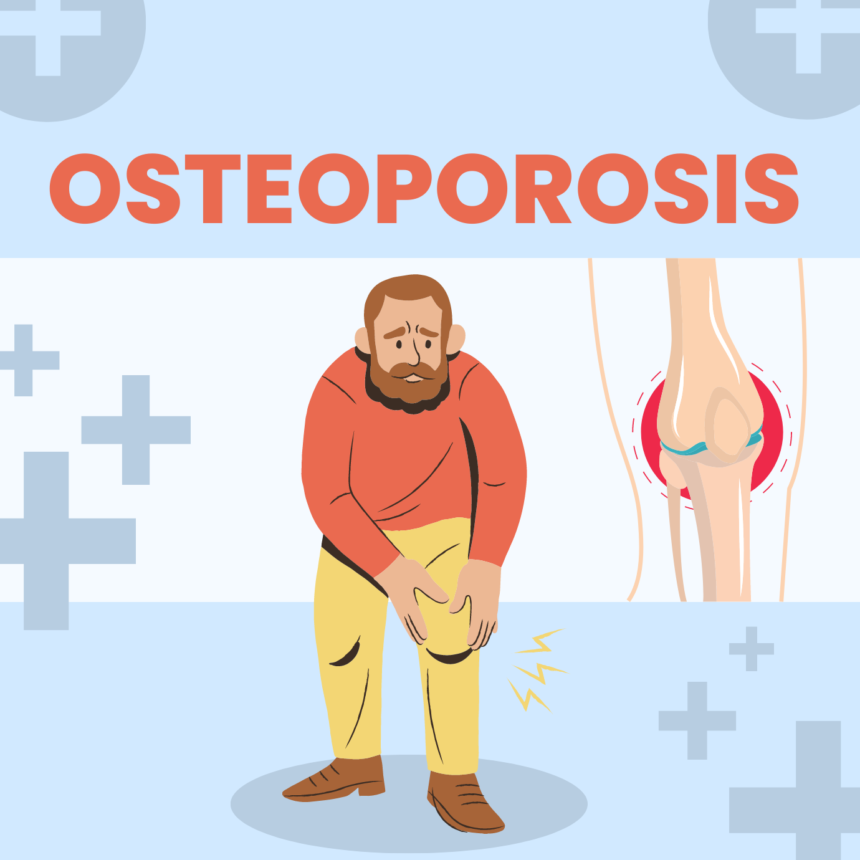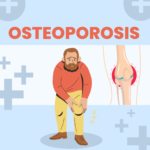Introduction:
Osteoporosis is a condition characterized by reduced bone density and an increased risk of fractures. While lifestyle choices play a crucial role in preventing osteoporosis, sometimes additional treatments are necessary, especially for individuals with existing osteoporosis or at a higher risk of fractures. This article explores various medications and therapies available to manage and treat osteoporosis effectively.
- Bisphosphonates:
Bisphosphonates are the most commonly prescribed medications for osteoporosis. They work by slowing down bone breakdown and reducing the risk of fractures. These drugs are available in oral form, such as alendronate and risedronate, and can also be administered intravenously, like zoledronic acid. It is essential to take bisphosphonates as prescribed and follow the specific instructions to maximize their effectiveness.
- Hormone Replacement Therapy (HRT):
HRT involves using estrogen and progesterone to counteract the hormonal changes that occur during menopause, which can lead to bone loss. For postmenopausal women with osteoporosis or at risk of developing it, HRT may help maintain bone density and reduce fracture risk. However, HRT carries certain risks and should be discussed with a healthcare provider, weighing the benefits against potential side effects.
- Selective Estrogen Receptor Modulators (SERMs):
SERMs, such as raloxifene, mimic estrogen’s bone-protective effects without affecting the breasts and uterus as estrogen does. They can be prescribed to postmenopausal women to prevent bone loss and reduce fracture risk.
- Teriparatide:
Teriparatide is a synthetic form of parathyroid hormone and is used to stimulate bone formation. It is usually prescribed for individuals with severe osteoporosis or those who have not responded well to other treatments. Teriparatide is given as a daily injection and has shown to increase bone density and reduce the risk of fractures.
- Denosumab:
Denosumab is a monoclonal antibody that inhibits bone breakdown. It is administered as a subcutaneous injection every six months and has been effective in reducing fracture risk in postmenopausal women with osteoporosis.
- Calcium and Vitamin D Supplements:
In addition to dietary sources, calcium and vitamin D supplements are commonly prescribed to ensure adequate intake, especially for those at risk of deficiency. These supplements support bone health and the effectiveness of other osteoporosis medications.
- Physical Therapy and Exercise:
Physical therapy plays a vital role in osteoporosis treatment. Therapists can help design personalized exercise programs to improve strength, balance, and posture, reducing the risk of falls and fractures. Weight-bearing and resistance exercises are particularly beneficial for bone health.
Conclusion:
Osteoporosis treatment options include a range of medications and therapies designed to manage bone loss, increase bone density, and reduce the risk of fractures. Each individual’s treatment plan may vary based on their specific needs and medical history. It is crucial for patients to work closely with their healthcare providers to determine the most appropriate treatment option and make lifestyle modifications to ensure the best possible outcomes in managing osteoporosis.









